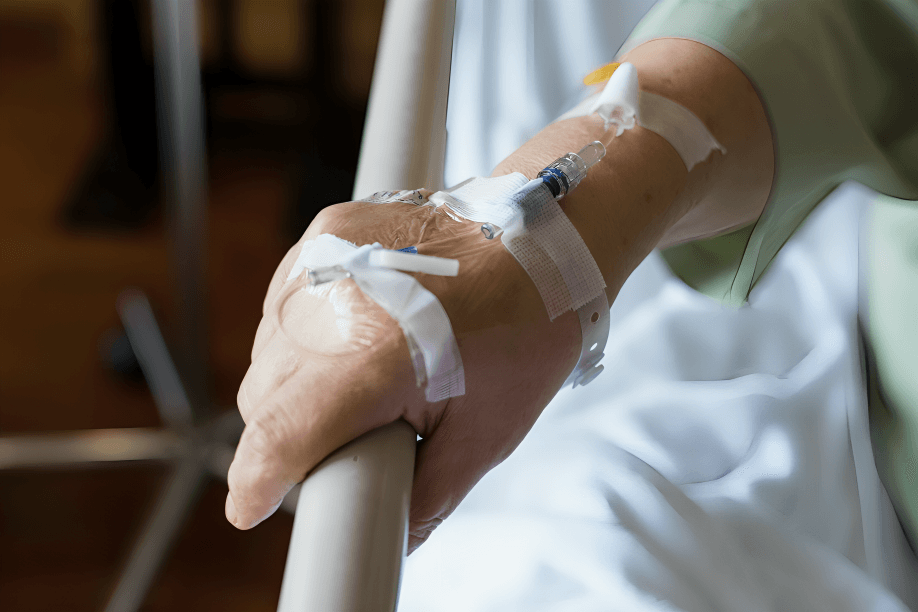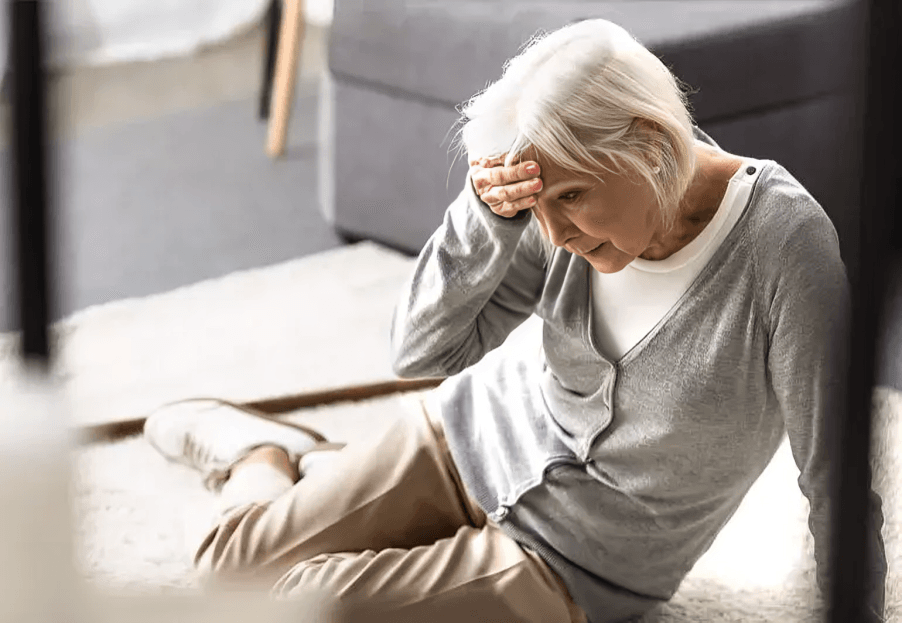
“
Early detection & treatment of stroke symptoms play a vital role in reducing the risk of brain damage, long-term disability, or even death. Understanding warning signs like facial drooping, speech difficulty, and arm weakness is key. Treatments like clot-busting drugs or surgical interventions can reverse stroke damage if provided swiftly. 1
1
”
Every second matters during a stroke. Brain cells start dying within minutes after blood flow is blocked or bursts, making early detection the cornerstone of better recovery and lower disability. 1
The acronym FAST—Face drooping, Arm weakness, Speech difficulty, and Time to call emergency—helps people recognize strokes quickly. It's one of the most effective public tools for early detection today. 2

Clot-busting drugs, like tissue plasminogen activator (tPA), must be administered within 4.5 hours of stroke onset. After this window, the drug’s effectiveness sharply decreases, and risks may outweigh benefits.
Ischemic strokes, the most common type, are caused by blocked arteries. Identifying symptoms early allows doctors to restore blood flow before brain tissue undergoes irreversible damage. 3
Hemorrhagic strokes happen when a blood vessel bursts in the brain. Immediate imaging, such as CT scans, helps determine if surgery is needed to stop bleeding and relieve pressure. 4
Sudden vision loss, especially in one eye, may be an early stroke sign. Ignoring this symptom can delay diagnosis, causing permanent damage to both the brain and visual function. 5
High blood pressure is the leading risk factor for strokes. Routine monitoring and medication help prevent strokes and improve survival chances when treatment is given soon after symptoms start. 6
Slurred speech and difficulty understanding others often signal damage to brain regions responsible for language. Prompt intervention can sometimes reverse these impairments before they become permanent. 7

Dizziness, trouble walking, or loss of balance should never be ignored. These signs may indicate a stroke affecting the brain’s cerebellum, which controls coordination and spatial awareness.
A transient ischemic attack (TIA), or “mini-stroke,” lasts a few minutes but serves as a serious warning. One in three people who experience a TIA later suffer a full-blown stroke. 8
Advanced stroke centers are equipped with rapid-response teams and high-tech imaging tools that can evaluate brain damage within minutes of patient arrival, saving valuable time in care. 9
Mechanical thrombectomy is a procedure where doctors physically remove clots from brain arteries. It’s highly effective when performed within six hours, especially in large-vessel ischemic strokes. 10
Stroke patients who arrive at the hospital within one hour of symptom onset are significantly more likely to receive effective treatments and experience better outcomes than those who delay. 11
Stroke mimics—such as seizures or migraines—may confuse diagnosis. However, specialized tests like brain MRI or CT angiography help rule out these conditions for precise and timely treatment. 12

Women sometimes experience atypical stroke symptoms, such as shortness of breath, nausea, or fatigue. Awareness of these differences is essential for quick and accurate diagnosis.
Smoking accelerates artery damage, heightening stroke risk. Quitting smoking improves blood circulation and significantly reduces the chances of both first-time and recurring strokes. 13
Doctors use the NIH Stroke Scale to evaluate stroke severity. Early scoring helps plan appropriate treatments and gives a reliable forecast of patient recovery prospects. 14
Recurrent strokes are more deadly. Patients who follow early treatment, lifestyle changes, and secondary prevention plans are far more likely to avoid a second, often more dangerous event. 15
Mobile stroke units bring CT scanners and neurologists directly to patients in ambulances. This breakthrough allows for treatment to begin en route to the hospital, slashing response times. 16
Rehabilitation is most effective when started within 48 hours of stroke treatment. Delayed rehab reduces chances of full recovery and can lead to long-term dependency on others.17


